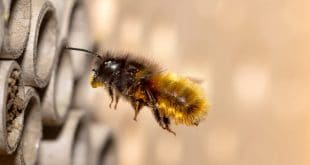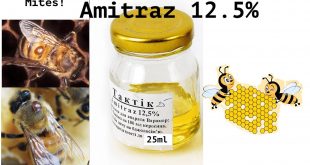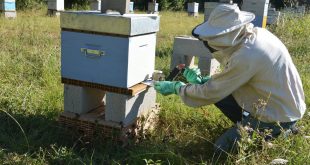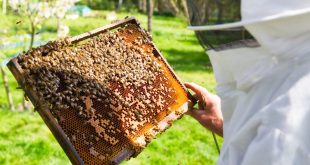Discover the challenges faced by mason bees, the unsung heroes of pollination. From ants to bears, parasitic wasps to fungal diseases, these solitary bees encounter a myriad of threats throughout the year. Learn how non-toxic control methods, vigilant nest management, and proper bee house maintenance can help protect these vital pollinators. Join the conversation on safeguarding our mason bees. #MasonBees #Pollinators #Beekeeping #EcoFriendly
Read More »Taktic Amitraz Review
Looking for a robust Varroa mite treatment? Taktic Amitraz might be your answer, with high effectiveness and ease of use. But beekeepers, be cautious: it requires careful handling and protective gear during application. Ensure you follow guidelines to avoid resistance and safeguard your bees. #BeeHealth #VarroaTreatment #TakticAmitraz
Read More »Varroa Mite Treatment with Oxalic Acid – Beginners’ Guide
Exploring the battle against Varroa mites in beekeeping, BeeKeepClub offers a detailed guide on using oxalic acid for mite control. 🐝 While effective, the method demands careful application and timing. Discover the pros and cons of vaporizing vs. fogging and learn how to mix the perfect oxalic acid recipe for your hives. Always remember, the health of our bees is paramount. #Beekeeping #VarroaMites #OxalicAcidTreatment
Read More »Treating Tracheal Mites in Honey Bees
Beekeepers, are you battling tracheal mites in your hives? 🐝 These tiny parasites can wreak havoc on your bees, but there's hope. From cultural practices to regulated chemical treatments, learn the best strategies to protect your colonies. Discover the importance of hive hygiene, mite-resistant bees, and why menthol might be your best ally. Stay informed and keep your bees buzzing! #Beekeeping #TrachealMites #BeeHealth
Read More »Taktic Bee Treatment for Combatting Varroa Mites
Discover the complexities of using Taktic for Varroa mite control in our latest article. While Taktic, with Amitraz, has been a game-changer in some regions, it's not without its challenges. Learn about its application methods, the importance of correct dosing, and the debate over its use due to resistance and safety concerns. Dive into the discussion and make informed decisions for your apiary. #Beekeeping #VarroaMites #Taktic #PestControl #BeeHealth
Read More » BeeKeepClub Resources and Guides for Beekeepers
BeeKeepClub Resources and Guides for Beekeepers





